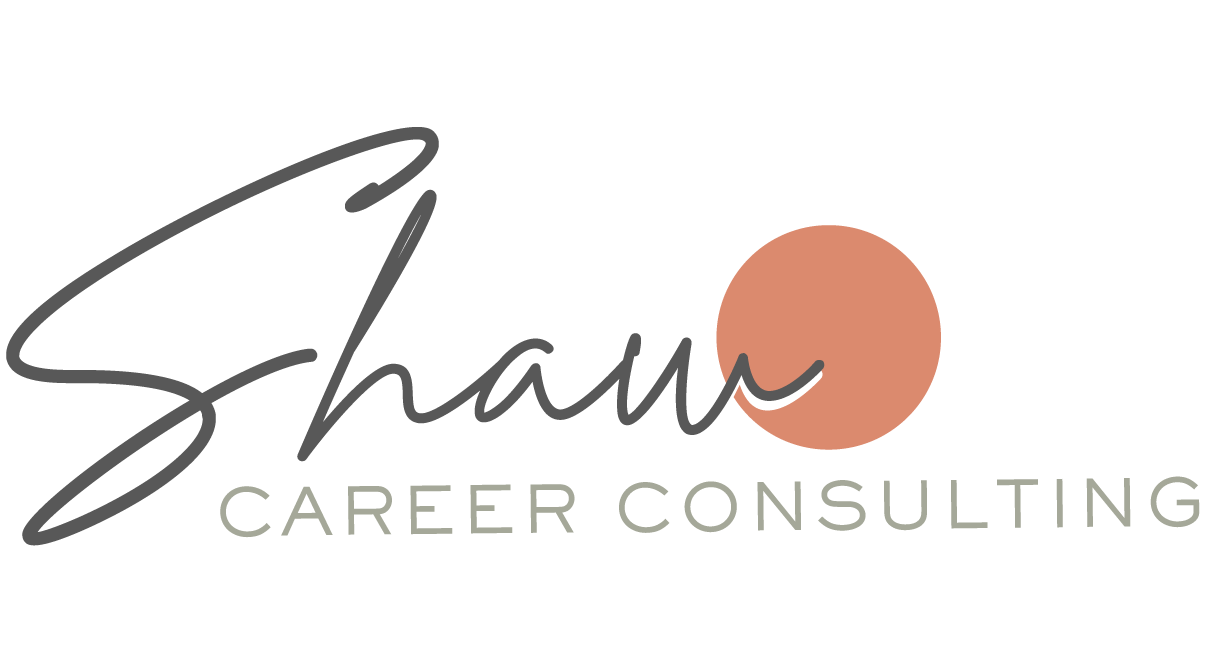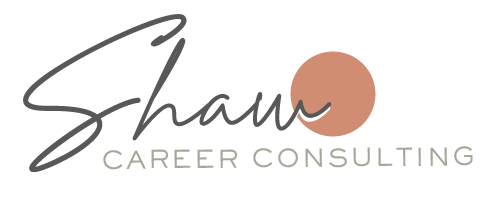How Do You Professionally Explain Gaps In Employment?

One of the most common questions we get is, “How do I explain this gap in employment on my resume?” The short answer is that it depends on your situation. The long answer is more complicated. However, we’ve broken down all of the best strategies to help you explain gaps in employment and maintain confidence during your job search.
How to Address an Employment Gap in a Resume:
- Ignore the gap if it is 10+ years old. Older job seekers shouldn’t worry about gaps in employment early on in their careers. A resume should focus on your most recent and impressive professional accomplishments, so remove anything (including employment gaps) if it is from a long time ago.
- Downplay and soften smaller gaps by leaving off months of employment. Instead of listing a position from “October 2021 – January 2022,” simply list it as “2021 – 2022”. Be mindful that the gap may come up during the employment verification or interview process, so be prepared to discuss it.
- Highlight what you did while you were out of work. Think about anything you focused on to sharpen your skills, including volunteer work, online courses, completing projects, or finishing a degree. Demonstrate any continuous learning opportunities that you were able to take advantage of.
- Choose a resume template or format that makes the gaps less obvious. A functional resume can be a great option to help you accomplish this. If you choose a traditional resume format, avoid bolding dates of employment so that you do not draw attention to them.
- List the reason for the gap as its own “job” on your resume, but keep it brief.
- Try to spin the reason for the gap as a positive. Focus on things like “Actively spent time pursuing a new career opportunity” or “Spearheaded a cross-country family relocation.”
How to Address an Employment Gap in a Cover Letter:
- Be proactive. If your resume shows recent or significant gaps in employment, get ahead of the curve and explain them in a cover letter instead of waiting for an employer to ask. Summarize any gaps and be concise. You should only need one or two sentences to explain any time away from the workforce effectively. If asked, you can go into more detail during an interview. Avoid oversharing.
- Focus on your drive and willingness to re-enter the workforce, learn new things, and master industry trends. You will want to convince the employer that your time away from your career was not a negative and that you will quickly pick up where you left off before taking time off.
How to Address an Employment Gap in an Interview:
- Stay positive. Don’t badmouth a former employer. Even if the real reason that you got laid off from a position was due to “toxic management,” employers don’t want to hear that. Remember, they are looking for reasons not to hire you, so avoid saying things like, “My manager and I didn’t get along, so they let me go,” or “I was having trouble finding daycare for my children and got fired after too many absences.” Instead, highlight any steps you took to bounce back from an unfortunate event or talk about all of your accomplishments before you left your job to demonstrate that you are an exceptional employee.
- Rehearse your answer. This is probably the best interview tip all around, but practice how you will answer the tough questions. Assume that you will be asked and prepare your answer ahead of time so that you do not fumble through an answer.
A few final reminders:
- Gaps in employment are normal. Whether you took time away to focus on education, needed to stay at home and raise your children, or just needed a mental health break, it is okay. Be confident. If you do not view it as an issue, then it is likely that no one else will have a problem with it.
- Be Honest. Recruiters and hiring managers who review large volumes of resumes can quickly identify any red flags. Many will also conduct background checks and employment verification processes, so avoid fudging dates on your resume or lying about past work experience. The last thing that you want is for a background employment verification to come back inconsistent with what is listed on your resume. This is one way to get disqualified from the position quickly.
- If you foresee yourself with an upcoming lapse in employment, be proactive. Maybe you know that your contract is ending soon and will not be renewed. Perhaps you are in a volatile industry where layoffs are common. You might be pregnant and want to take several months off to care for your newborn. These are all legitimate reasons to be without work. Try to spend this time focusing on anything that may help you once you return to the workforce. Seek volunteer opportunities in your local community, or pursue free or low-cost online courses.
Are you still unsure how to create a professional resume or need more guidance? We offer a variety of packages and services to meet the needs of every job seeker, from entry-level graduates to C-Suite executives. You can find out more about what we offer here. You can also subscribe to our email list so you don’t miss out on future posts with resume writing and career counseling advice.



